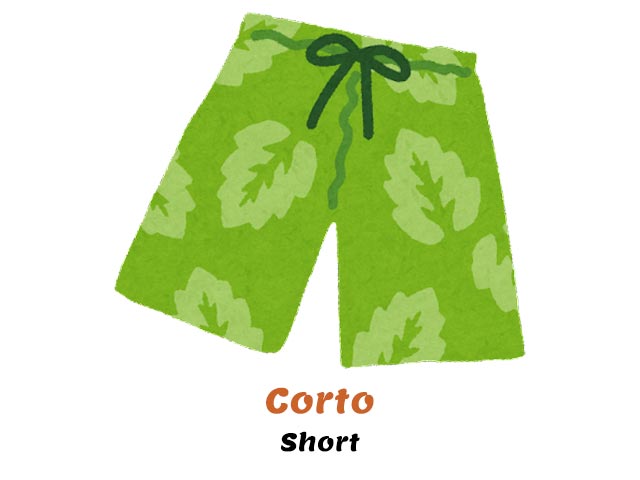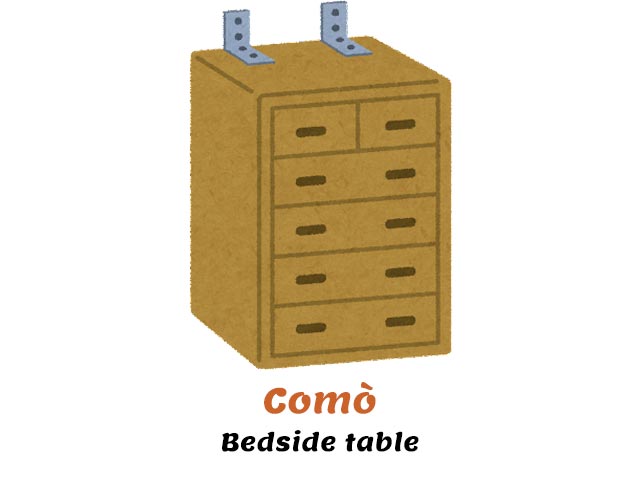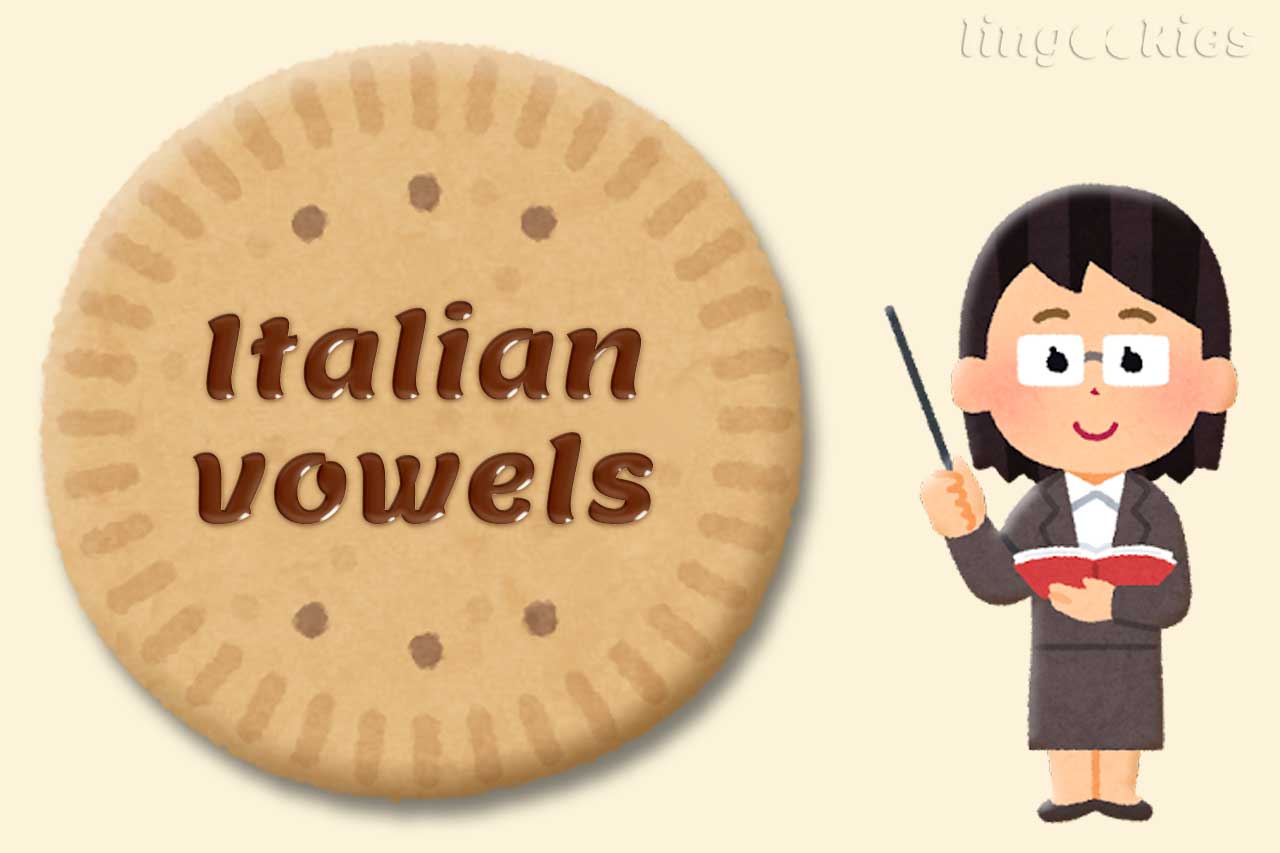Italian pronunciation
Vowels are sounds that we make when the air from our lungs can flow freely out of our mouth. There are 5 vowel letters (graphemes) in Italian, and 7 vowel sounds (phonemes).
The letters are: A, E, I, O and U. Unlike English, they are pure sounds. They are NOT diphthongs.
| A, E, I, O, U | A, E, I, O, U |
The vowels E and O can be either open or closed.
| E, E | Vowel E open and closed | |
| O, O | Vowel O open and closed |

In the International Phonetic Alphabet, the Italian vowels are represented as follows.
| A | /a/ |
| E (open) | /ɛ/ |
| E (closed) | /e/ |
| I | /i/ |
| O (open) | /ɔ/ |
| O (closed) | /o/ |
| U | /u/ |
Although the quality of the vowels E and O in any given word is dictated by pronunciation rules, these rules are almost never followed by native speakers because pronunciation varies greatly from place to place in the country, so there’s really no “wrong” way to pronounce the vowels in Italian.
Only standard Italian, the accent that used on television, on the radio and in movie dubbing, actually follows the rules, but nobody speaks it in real life because the influence of regional accents is very strong.
Also, there’s no way people can misunderstand you if you pronounce an open E instead of a closed E. Homographs such as pésca (closed E) and pèsca (open E) are very rare.
| Pesca | Fishing | |
| Pesca | Peach |

If you say pesca with an open E and mean “fishing” instead, which requires a closed E, people will have no problem understanding you given the context.
For example, in my regional accent, both “fishing” and “peach” are pronounced as pésca, with a closed E. I’ve never had any problems distinguishing between the two, provided some context is given.
How can you tell if a vowel is open or closed?
Open any Italian dictionary and look up any word. In dictionaries…
- open vowels are represented by a grave accent (`)
- closed vowels are represented by an acute accent, (´).
For example, you may find…
| Lèggere | To read | |
| Vénti | Twenty | |
| Fòto | Photo | |
| Córto | Short |

Writing vowels in Italian
When writing, you don’t need to add any accent marks over vowels that are stressed in the middle of a word: you will write leggere, foto, corto.
However, you can add the accent mark when you want to distinguish between homographs that have no context, to avoid any misunderstandings, and you must add the accent mark to many words whose stress falls on the last syllable, such as perché or caffè. Practice will make it easier to remember which words need a mark.
| Perché | Why, because | |
| Caffè | Coffee |
You’ll notice that the final -e in perché is closed (acute accent) and the -e in caffè is open (grave accent) because that is how the words should be pronounced in standard Italian.
There’s really no difference in the way you write accent marks when you write by hand, but when you type words on a computer, you have to use the correct mark. Pronouncing perché with an open E is not a mistake, but writing perchè is.
When in final position, the vowel O is always pronounced as an open sound, so it is always -ò.
| Però | But | |
| Comò | Bedside table |

All other Italian words with stress on the last syllable are written with a grave accent, never with an acute accent.
| Velocità | Speed | |
| Colibrì | Hummingbird | |
| Zulù | Zulu tribe |
Any good text editor will underline spelling mistakes in Italian, but learn how to write these words by heart just to be sure.
More free Italian resources
You might want to keep learning Italian online with these free Italian resources:
❤️ If you liked this guide on the vowels in Italian, share it with your friends!


